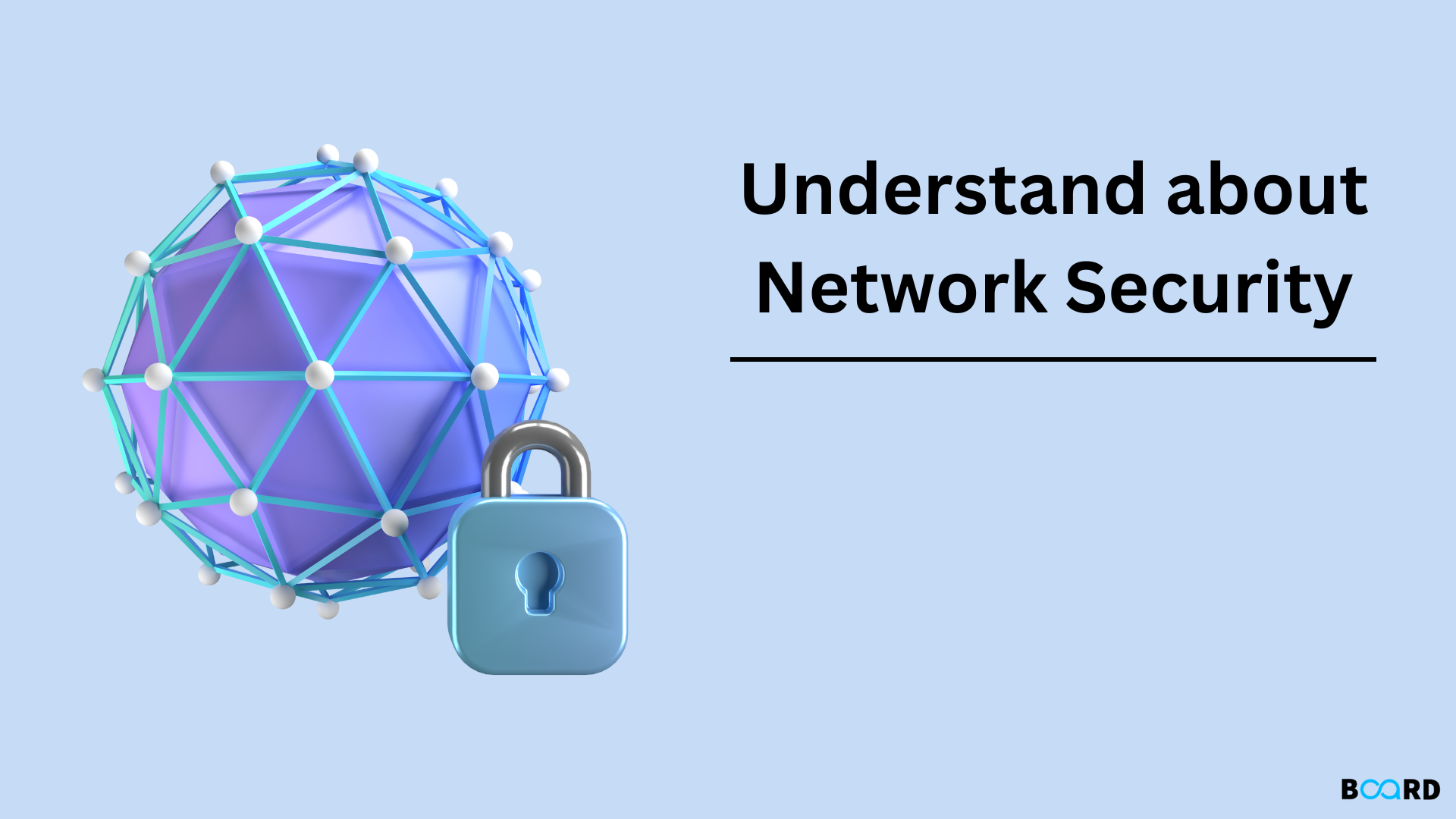Introduction to Computer Networking
Network Security Explained

Introduction
Network security refers to the protection of computer networks and devices connected to those networks from unauthorized access, attacks, and threats. An example of network security is installing a firewall to block malicious traffic and prevent hackers from accessing a company’s confidential data.
Vulnerabilities of Network Security
There are many vulnerabilities that can affect network security. Some common vulnerabilities include:
- Unsecured networks
- Unpatched software
- Weak passwords
- Lack of encryption
- Social engineering attacks
- Malware
- Insider threats
Security Levels of Network Security
Network security can be divided into several levels, including:
- Perimeter security: This involves protecting the boundaries of a network, such as the firewall, from external threats.
- Network infrastructure security: This involves protecting the hardware and software components of a network, such as routers, switches, and servers.
- Endpoint security: This involves protecting the devices that connect to a network, such as laptops, smartphones, and tablets.
- Application security: This involves protecting the applications and data that run on a network from vulnerabilities and threats.
- Data security: This involves protecting the data that is stored, transmitted, and processed on a network from unauthorized access and tampering.
Overall, the goal of network security is to protect the confidentiality, integrity, and availability of a network and its connected devices.
Network Security: Working
There are various methods and technologies used to secure networks, including:
- Firewalls: These are software or hardware devices that act as a barrier between a trusted network, such as a company’s internal network, and an untrusted network, such as the internet. Firewalls block or allow traffic based on predetermined rules.
- Encryption: This is the process of converting data into a coded format that can only be accessed by authorized parties. Encryption helps to protect sensitive data from being accessed by unauthorized users.
- Virtual Private Networks (VPNs): VPNs allow users to securely access a network remotely by creating an encrypted connection over the internet.
- Access control: This involves setting permissions for who can access certain resources on a network. This can be done through the use of user accounts and passwords, as well as other authentication methods.
- Intrusion detection and prevention systems (IDPS): These systems monitor network traffic for suspicious activity and alert administrators when they detect a potential threat. IDPS can also block traffic or take other preventive measures to protect the network.
- Security information and event management (SIEM): SIEM systems collect and analyze security-related data from various sources to identify potential threats and alert administrators.
Overall, the goal of network security is to protect the confidentiality, integrity, and availability of a network and its connected devices.
Some measures to protect Network
There are several measures that can be taken to protect a network and prevent plagiarism:
- Use security protocols: Implementing security protocols such as WPA2 or WPA3 for wireless networks, and SSL/TLS for web connections can help protect against unauthorized access and data interception.
- Enable firewall: A firewall is a network security system that monitors and controls incoming and outgoing network traffic based on predetermined security rules. Enabling a firewall can help prevent unauthorized access to a network.
- Use antivirus software: Antivirus software can detect and remove malware, such as viruses, worms, and trojans, which can compromise network security.
- Implement access controls: Access controls, such as user authentication and permissions, can help prevent unauthorized access to network resources.
- Educate users: Educating users on the importance of network security and proper use of network resources, including the importance of avoiding plagiarism, can help prevent security breaches and instances of plagiarism.
- Use plagiarism detection tools: Plagiarism detection tools, such as Turnitin or Copyscape, can help identify instances of plagiarism by comparing text against a database of web pages, articles, and other published works.
